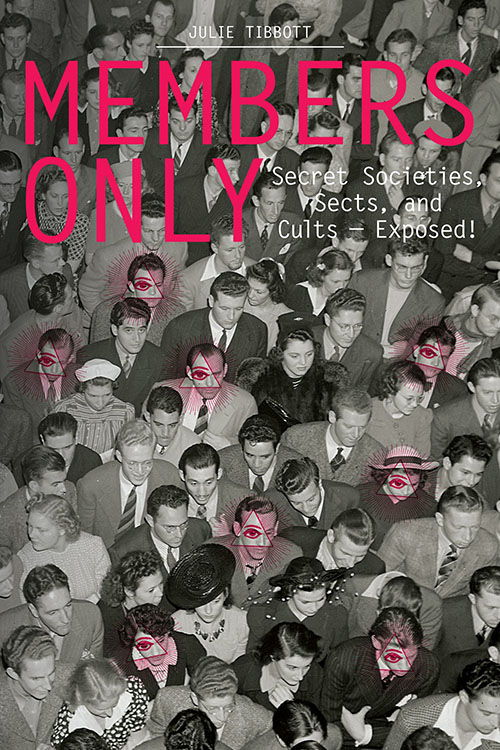
Once you get past the poor user interface, “Angband” is very enjoyable. Keys you must press in the course of a game. The "."'s are lit floor spaces.)Īs you can see, this in no way compares with most games sold today.Īlso, the input system is equally abstract.

He is surroundedīy walls ("#") on the north and west. See below for an this example, the player is beset with lice ("l"). I personally prefer the plain text layout, which is a sort of overhead view using letters and punctuation to represent monsters, the player and items. Unless you use TK-Angband, the graphics are either horrible or non-existent. Then, you start off on your way down into the Pits of Angband, at the bottom of which you can kill Morgoth (who, in Tolkien's literature, resembles Satan.) You select your race (“Dwarf”, “Hobbit”), class (“Mage”, “Ranger”, “Warrior”) and roll virtual dice to determine your stats.

You (as the player) begin by "rolling up a character", similar to D&D. It does have some Dungeons and Dragons (D&D) influences, although some of its variants have less of it. “Angband” is based on the literature of J.R.R. Non-graphical: DOS or Unix with monitors.Īre you tired of games that require the latest, greatest hardware? Do you like ones that cost nothing, can be changed by anyone, and require a little bit of imagination? Then “Angband” is the game for you.
The secret society portland windows#
System Requirements: Graphical: X Windows (Unix), Windows 95 and up, most Macs and Amigas. It celebrated its 200th anniversary in 2007.Computer Platform: DOS, 32-bit Windows, Unix, Amiga, Mac, etc. The Portland Observatory is the only remaining historic maritime signal station in the United States. As an intact survivor from the Golden Age of Sail, the Observatory was added to the National Register of Historic Places in 1972, became a National Historic Landmark in 2006, and named a National Civil Engineering Landmark in 2006. The tower was saved and reopened in 2000. The City of Portland and concerned citizens collaborated with Greater Portland Landmarks to once again restore the Observatory. In 1984 Greater Portland Landmarks assumed management of the tower, opening it for regular tours. Then, ten years later, inspections revealed serious moisture damage and an infestation of powder-post beetles.

Restorations were done and the tower opened to tourists in 1939. The Observatory fell into disrepair and was donated to the City of Portland. This signal tower communication greatly increased the efficiency of Portland Harbor and the Observatory remained a working marine signal tower run by the Moody family until 1923 when the invention of the two-way radio made it obsolete. Moody informed subscribing merchants by hoisting signal flags identifying their vessels. With his powerful telescope at the top of the tower, sea captain-turned-entrepreneur Moody could identify incoming vessels as far away as 30 miles. It was a commercial venture designed to give a competitive edge to ship owners who paid Moody a subscription fee of $5.00 a year to alert them when their ships were arriving.Īt the time, ships entering the harbor could not be seen from the docks of Portland until they rounded the point of land at Spring Point Ledge and were almost in the harbor. In 1807 Captain Lemuel Moody (1768-1846), ordered construction of this octagonal, 86-foot high tower on Munjoy Hill to serve as a communication station for Portland’s bustling harbor.


 0 kommentar(er)
0 kommentar(er)
